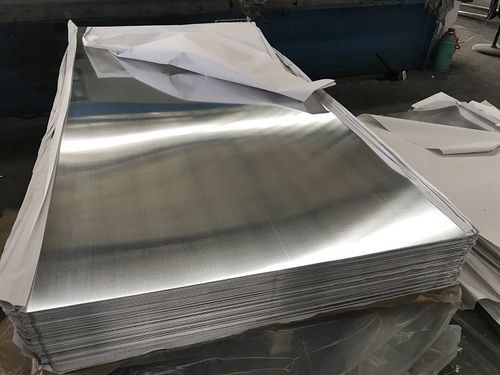Comparing 1145 and 1235 aluminum alloys provides valuable insights into their distinct characteristics and applications.

1145 Aluminum Alloy:
1145 aluminum alloy belongs to the commercially pure wrought family, specifically the 1000 series. Here are some key features and applications:
- 1.Purity and Formability:
1145 aluminum is extremely pure, with at least 99.45% aluminum content. It’s highly formable and is often used in foil and packaging applications. - 2.Electrical Conductivity:
It has good electrical conductivity, making it suitable for various electrical and electronic uses, including capacitors and insulation. - 3.Corrosion Resistance:
While not as corrosion-resistant as some other alloys, it still offers decent resistance to corrosion. - 4.Application:
1145 is primarily used in applications such as foil and fin stock for heat exchangers.
1235 Aluminum Alloy:
1235 aluminum alloy is another member of the 1000 series and is very similar to 1145 in terms of its properties. Here are its main features and applications:
- 1.High Purity:
1235 aluminum is highly pure, with a minimum aluminum content of 99.35%. It is often used in foil and flexible packaging. - 2.Excellent Formability:
Just like 1145, 1235 aluminum is highly formable, allowing for easy shaping and adaptation to various applications. - 3.Electrical Conductivity:
It possesses good electrical conductivity, making it suitable for applications like capacitor and cable wrapping. - 4.Application:
1235 is widely used in the packaging industry, especially for foil packaging, flexible packaging, and similar applications.
Both 1145 and 1235 aluminum alloys are highly pure and have similar characteristics, including excellent formability and good electrical conductivity. The key difference lies in their specific applications, with 1145 often finding use in heat exchanger fins and some packaging, while 1235 is predominantly utilized in various packaging applications.
Ultimately, the choice between 1145 and 1235 would depend on the specific requirements of the intended application, considering factors such as formability, electrical conductivity, and the type of packaging needed.
